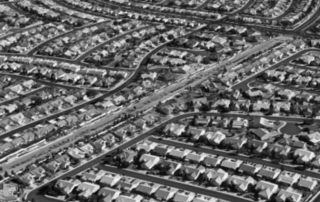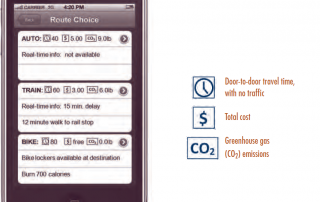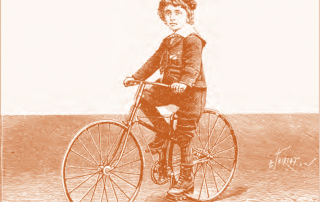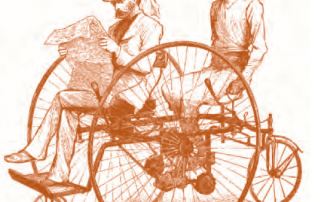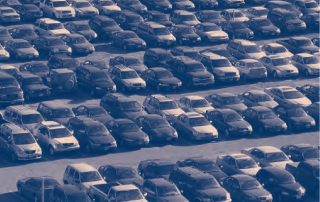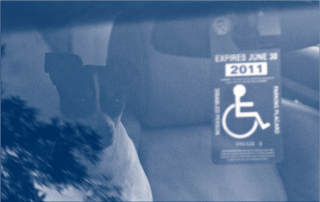ACCESS 39, Fall 2011
Retrofitting the Suburbs to Increase Walking
Marlon G. Boarnet ,
Kenneth Joh,
Walter Siembab,
William Fulton, and
Mai Thi Nguyen
During the last half of the 20th century, cities and towns across America were built primarily for one transportation mode: the automobile. Much of this development occurred on the urban periphery, creating the suburbs that are now home to more Americans than either traditional central cities or small towns. Today, while federal transportation policies and urban planners have shifted toward promoting a more multimodal form of development, the legacy of the postwar era remains: thousands of suburban neighborhoods poorly served by any mode of transportation other than the automobile.

